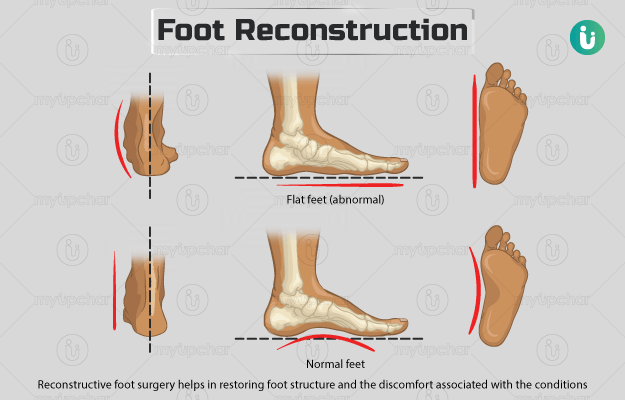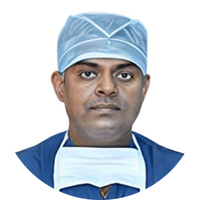Summary
Reconstructive foot surgery refers to a group of surgeries performed to treat foot conditions, restore foot structure and help with the discomfort associated with the conditions. The anatomy of the foot is quite complicated with multiple bones, muscles, ligaments, and tendons. Trauma, birth defects, and infections may affect foot structure and lead to discomforting symptoms like pain and swelling.
Foot defects can be repaired by various procedures including a tendon repair, osteotomy, bone grafting and fusion, and soft tissue repair. These surgeries may be performed under general or local anaesthesia. After the surgery, you may get discharged on the same day or a hospital stay of a few days may be required. After the surgery, plaster may be used to support your foot. You may be partially able to or unable to support your body weight while the foot heals, and may need crutches while walking. Physiotherapy will also be needed after the surgery to help regain foot function. Controlling the pain and swelling after surgery is an important part of recovery. A follow-up will take place after two weeks wherein your stitches will be removed. The second follow-up will be scheduled about six weeks later to check your progress.










































